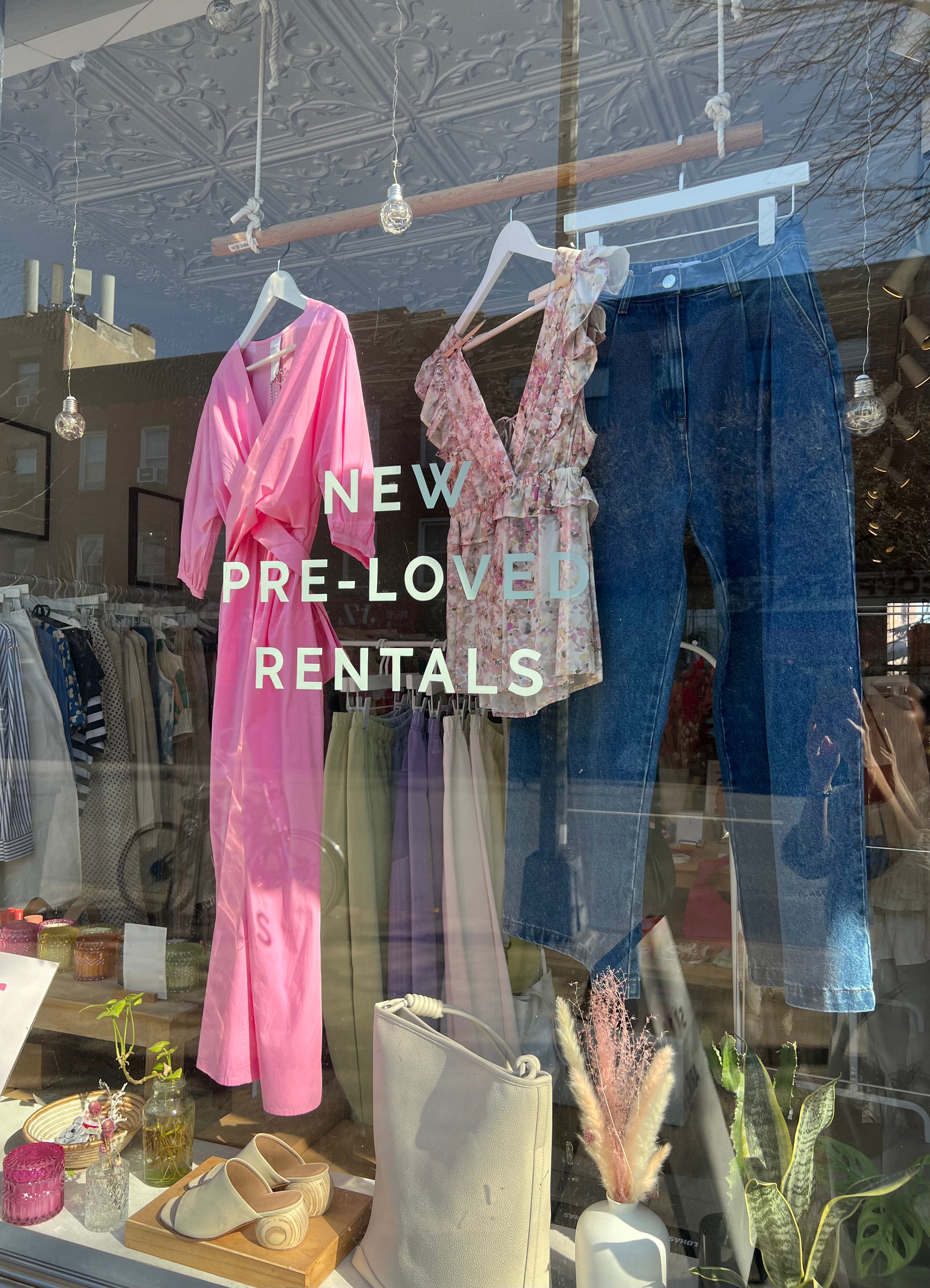
Brooklyn's Sustainable Closet
From our home in Brooklyn, Rue Saint Paul brings together sustainable brands, pre-loved finds, and rentals all under one roof - to make sustainable and circular fashion accessible, effortless, and everyday. Guided by our sustainable values, we champion people & planet, circularity, and a future where "sustainable fashion” is simply fashion.





















Shop Sustainable, Shop Local
Come visit us in Carroll Gardens, Brooklyn
313 Court Street Brooklyn, NY 11231
Mon-Sat 11am - 7pm, Sun 11am - 6pm
929-283-5950 | staff@ruestpaul.com




We ship from Brooklyn
14-day no hassle returns
For the makers, for the planet
Not Just a Store
From our home in Brooklyn, Rue Saint Paul brings together sustainable brands, pre-loved finds, and rentals all under one roof - to make sustainable and circular fashion accessible, effortless, and everyday. Guided by our sustainable values, we champion people & planet, circularity, and a future where "sustainable fashion” is simply fashion.
From Brooklyn to the World
Rue Saint Paul
Mon-Sat 11am - 7pm, Sun 11am - 6pm
929-283-5950 | staff@ruestpaul.com
Customer Service
Other Stuff
Subscribe and enjoy 10% off
Copyright © 2025, Rue Saint Paul
Discover RSP's Sustainable Collection
Who we are
Keep it circular
Select pickup location















































































































































































































































































































































































































































































































































































































































